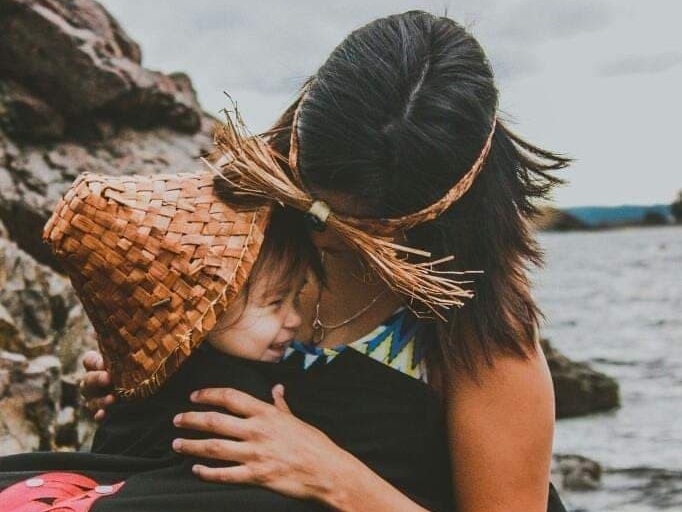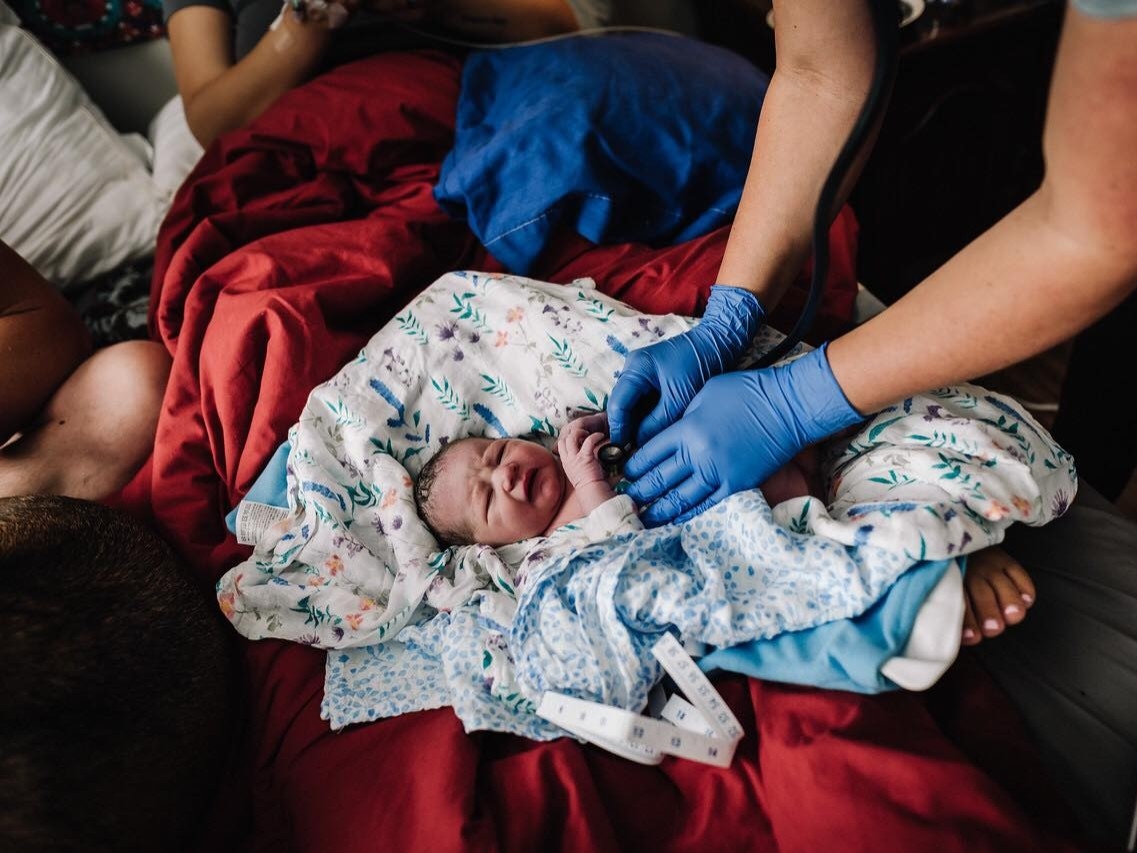
Working with the Nuu-Chah-Nulth Tribal Council and the First Nations Health Authority, SFU researchers hope to optimize health and wellness for Indigenous children from the moment they are conceived.
A $1 million grant from the Canadian Institutes of Health Research (CIHR) supports collaborators in combining strengths of Western science and Indigenous approaches
Researchers in Simon Fraser University’s Faculty of Health Sciences (FHS) are teaming up with the Nuu-Chah-Nulth Tribal Council (NTC) and the First Nations Health Authority (FNHA) to lead a new project aimed at improving Indigenous children’s development and health.
The project is part of a global initiative to reduce adult and child onset chronic disease and foster health and wellness. Called Hishuk-ish tsawalk (everything is one, everything is connected): Using two-eyed seeing to optimize healthy early life trajectories for Indigenous Peoples, its goal is to optimize health and wellness among Indigenous children by optimizing development from conception through infancy to adolescence.
Optimizing children’s early environment will help to reduce the risks of chronic disease outcomes including mental health, anxiety, depression, substance use and suicide, and cardio-metabolic diseases, such as obesity, type-2 diabetes and heart disease.
The project is being led by NTC Director of Health Lynnette Lucas, who is also an SFU FHS adjunct professor, and NTC Manager of Nursing Services Jeannette Watts, together with SFU FHS researchers Pablo Nepomnaschy, Jeff Reading, Charlotte Waddell and Scott Venners, and FNHA Chief Medical Officer Evan Adams.
Says Lucas: “As Mi’kmaq Elder Albert Marshall describes, ‘two-eyed seeing’ is an approach that uses the best strengths of both Indigenous and Western scientific ways of knowing for the benefit of all.
“Two-eyed seeing will inform all of our work. We are also guided by the FNHA’s strengths-based perspective on health and wellness, which encourages us to acknowledge challenges such as the ongoing legacy of colonialism, while also building the conditions for fostering resilience.”
She says the NTC’s support and leadership for the project builds on a long history of research and ethical advocacy. Combining resources from the FNHA, SFU and other academic institutions, she adds, helps to integrate First Nations’ ancient ways of knowing and creating knowledge, with academic health sciences and health services.
The project is designed from the bottom up, respecting the nation-based and community-driven principles of the FNHA’s approach to work.
All agree that Indigenous children’s early environments should include immersion in traditional knowledge, culture and language in community and on the land, and in early childhood education.
“It is very exciting to see indigenous perspectives and approaches placed at the center of health research, the benefits of this will be felt for generations to come,” says FNHA Chief Medical Officer Dr. Evan Adams.
The research team will build on Nuu-Chah-Nulth’s strengths and promote resilience by using both Indigenous knowledge and Western scientific methods to evaluate existing early child health and parenting programs, and to inform the development and evaluation of new programs.
As well, students and community researchers involved in the project will obtain training while participating in public health research and policy development, which creates opportunities for future leadership.
The project has received one of three Indigenous Healthy Life Trajectory Initiative (I-HeLTI) team grants from the Canadian Institutes of Health Research (CIHR).
With more than $1 million in funding over two years, researchers from SFU, UBC and the University of Victoria will collaborate with the FNHA and other partners, including the Indigenous Health Education Access Research Training Centre (I-HEART) and UBC-Providence Health’s Centre for Heart Lung Innovation (HLI).
Says Lucas, “We hope that our findings will benefit all children and families in our NTC communities, as well as Indigenous and other children and families more broadly.”

Photo credit: Kandyce Joeline of Songbird and Oak Photography

